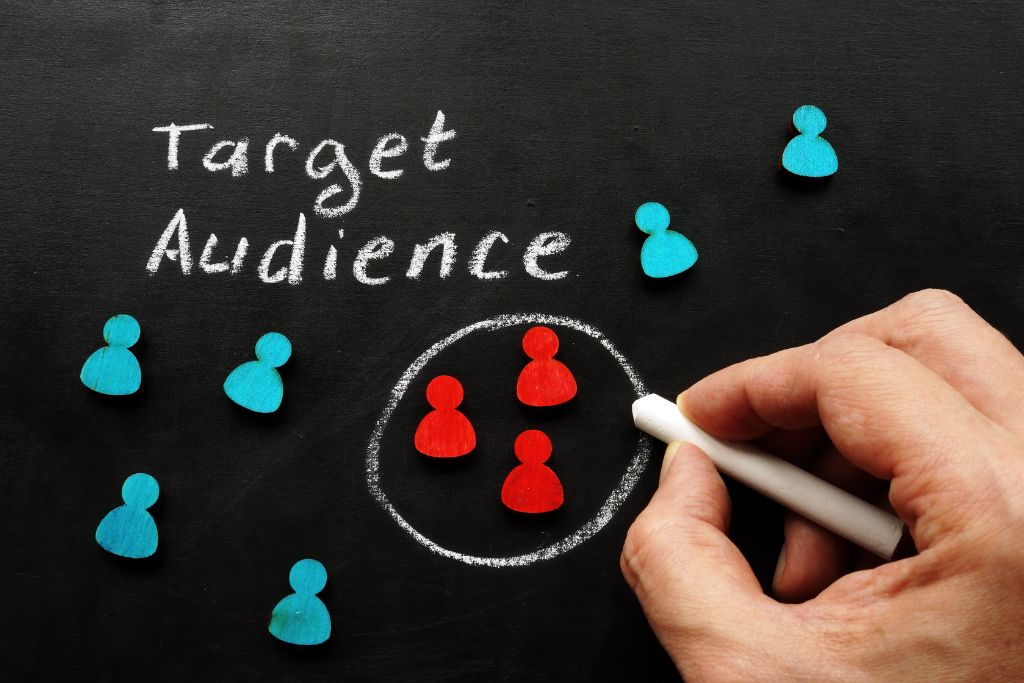Social media has undoubtedly revolutionized the way we communicate and interact with each other. However, it also comes with its own set of dangers, one of which is stalking. Stalking can happen to anyone and anywhere – even on social media platforms that we use every day. In this blog post, we will delve into the world of social media and stalking, exploring how these two are intertwined and what steps you can take to protect yourself from becoming a victim. So buckle up and get ready to learn about this important topic!
What is stalking?
Stalking is a pattern of behavior in which an individual repeatedly harasses or follows another person. It can include unwanted contact through phone calls, text messages, emails, and social media platforms. Stalkers may also show up at their victim’s workplace or home uninvited.
The effects of stalking can be incredibly damaging to the victim’s mental health and overall well-being. They may feel constantly anxious, unsafe, and paranoid about being watched or followed. It’s important to note that stalking is not limited to physical proximity – it can happen online as well. Cyberstalking involves using electronic communications such as the internet, and social media sites like Facebook and Twitter to stalk someone.

Stalking is a serious crime that should never be taken lightly. It’s important for everyone to understand what constitutes stalking so they can recognize when they’re being targeted by a stalker on social media or elsewhere in real life. By knowing how to identify these behaviors early on and taking action immediately if necessary, we can help prevent this dangerous behavior from escalating further.
How social media contributes to stalking
Social media is a platform that connects people from all around the world. However, it has its fair share of dangers, including stalking. Stalking is when someone harasses or follows another person repeatedly without their consent. Unfortunately, social media has made it easier for stalkers to track and follow their victims.
One way social media contributes to stalking is through location tagging features on posts and stories. When an individual shares where they are at any given moment, this information can be used by stalkers to locate them in real-time.
Furthermore, easily accessible personal information such as phone numbers and addresses on social media profiles make it easy for stalkers to find their target’s contact details and residence with minimal effort.

Moreover, cyberstalking also exists whereby a stalker can use hacking techniques to gain unauthorized access to the victim’s social media accounts such as passwords, or even install spyware onto the victim’s device.
While social media platforms have revolutionized how we communicate with one another globally; however, there are risks that come along with these benefits in terms of stalking behaviors. It’s important always keep your privacy settings updated regularly and avoid oversharing personal information online.
Who is most at risk of being stalked?
Stalking is a serious issue that affects people of all ages, genders, races, and backgrounds. However, certain groups are more vulnerable to stalking than others. Women are three times more likely to be stalked than men, according to the National Center for Victims of Crime. Additionally, younger adults between the ages of 18 and 24 are at higher risk of being stalked than older individuals.
Individuals who have been in abusive relationships or have experienced domestic violence may also be at greater risk of being stalked by their abuser. Those working in public-facing jobs such as healthcare professionals or social workers may also face an increased risk given their direct contact with members of the public.

However, it’s important to note that anyone can become a victim of stalking regardless of gender or occupation. Stalkers come from diverse backgrounds and may target victims based on perceived vulnerabilities rather than demographic factors.
How to protect yourself from being stalked on social media
The rise of social media has made it easier for stalkers to monitor their victims’ online activities. However, there are several ways you can protect yourself from being stalked on social media.
Firstly, make sure your privacy settings are set up correctly. Check that only your friends and family can see your posts and personal information. Avoid accepting friend requests from strangers or people you don’t know well. Secondly, be mindful of the information you share online. Avoid posting personal details such as your address, phone number or workplace. Don’t post about upcoming events or trips until after they have happened to avoid giving potential stalkers the opportunity to track your movements.

Thirdly, limit the amount of time you spend on social media platforms each day. The more time you spend online, the more information a stalker could potentially gather about you. If someone is making unwanted advances towards you online or in person, take action immediately by blocking them on all social media platforms and reporting any concerning behavior to the relevant authorities.
Social media encourages stalking. Online communication necessitates privacy and security. Avoid cyberstalking and oversharing. Learn each site’s privacy settings and features. “How to edit TikTok video?” is a useful app tutorial. Editing TikTok videos and avoiding attention are covered in this comprehensive guide. These technologies encourage social media responsibility.


